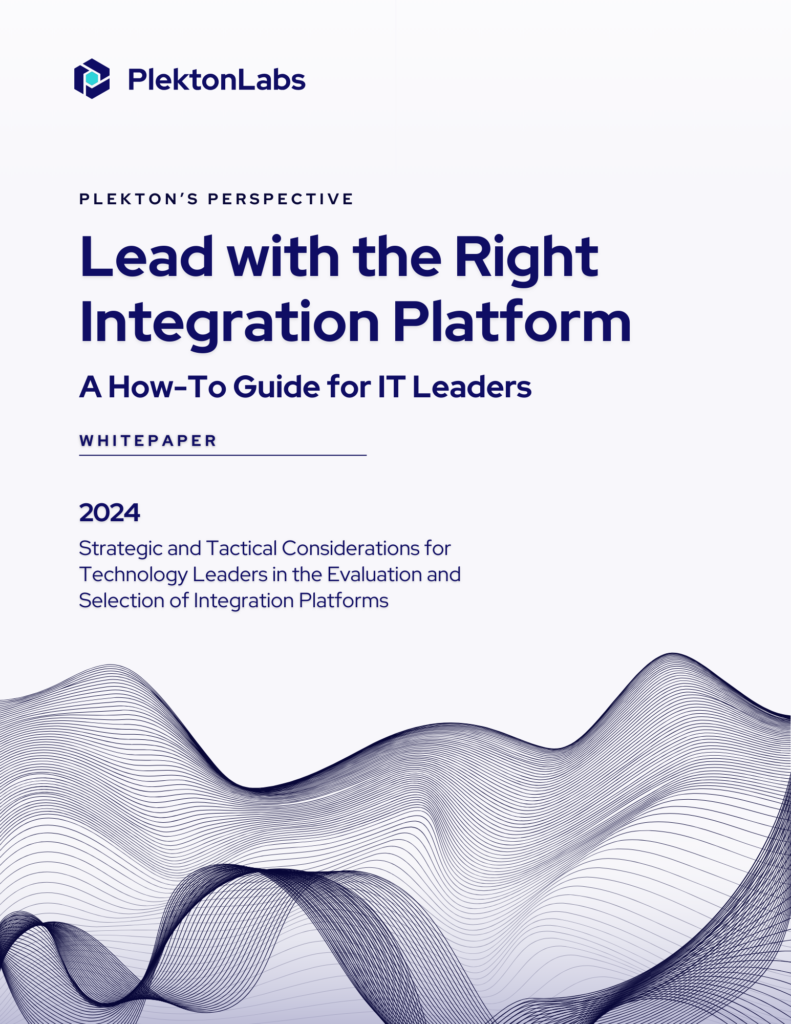We all have a pretty good idea about APIs and their role in integrating applications and revolutionizing the way we view connectivity. API-led connectivity and integration have made global businesses possible and have made products and services accessible on a scale that was once inconceivable.
But there’s a lot more to APIs than a general overview. One of the things that make APIs so fast and agile and convenient for developers is API fragments.
Reusable APIs and API fragments are basically vital for saving time and resources in any sort of tech-based organization. This also speeds up delivery and avoids any bottleneck scenarios.
Intrigued? Let’s take a quick peek at API fragments and why they are necessary.
What Are API Fragments?
To understand API fragments, we first need to grasp the idea of an API specification. This is because an API fragment is a part of an API specification. An API specification is a design of how your API should look structurally. In other words, it is the skeleton of your API.
When you are creating an API specification in the Anypoint Platform, you are essentially creating a bylaw for that API. Through the mocking service, you are aware of what needs to be fixed in order to meet your business requirements. You have a clear view of where your next efforts must go and how operational it might be in the bigger picture IT. Because you don’t fire and forget with the APIs, you reuse them time and time again.
A great way to efficiently create APIs is to reuse portions or fragments of previously operational APIs into specifications. An API fragment is a RAML document that has a version and an identifier. However, the fragment itself isn’t a complete RAML specification. These fragments can be data types, traits, resource categories, and many others.
Both reusable APIs and API fragments are a great way to handle understaffed IT firms, especially if there are lots of unfinished projects and resources that are stretched thin. Developers won’t have to create entirely new projects from the beginning and can recycle and reuse APIs and their fragments to speed things up greatly.
The ability to reuse the functionality of an API for various applications, instead of building a new one whenever a new application needs to be integrated or when some new functionality is introduced can save your time and your organization’s resources by a long shot. They are also very useful when building an infrastructure that has been designed to change and get upgrades down the road.
When creating an API, you might realize that certain bits or fragments of an API specification are likely to be reused in the future. If you make a catalog of these fragments, you then have many fragments for potential reuse. This, in turn, will accelerate the speed of building your API.

Why You Need API Fragments
Having an arsenal of reusable APIs will remove the need to spend lots of time creating customized point-to-point integration. On the same note, having API fragments you can reuse will help you design and build APIs effortlessly and, in less time, than before. Also, as you design your API, you too can save the fragments so that your fellow developers can use them as well when needed.
Building an API specification out of reusable API fragments is also helpful because it creates a trend of consistency. The consistency of definitions decreases the amount of effort when implementing APIs.
For instance, when a certain function is defined the same way across all APIs, you won’t have to change that function when it is reused in several other services. Once this efficiency is extended across all fragments and specifications, you remove the bulk of transformation work needed. Eventually, this will drastically reduce the time and effort needed to deliver projects.
In a Nutshell
API fragments are reusable components that you can create and publish to be utilized in various APIs in your business organization. Also, you can even have fragments within your API specification to increase the flexibility of your API specification.
These fragments, together with reusable APIs can save you lots of time and energy when building an API. Instead of creating every element of the spec from scratch, the fragments let you reuse parts of specifications, which gets the job done a lot faster. This in turn can help decide on your API ecosystem strategy in clearer terms and manage the API you created more easily as well.





